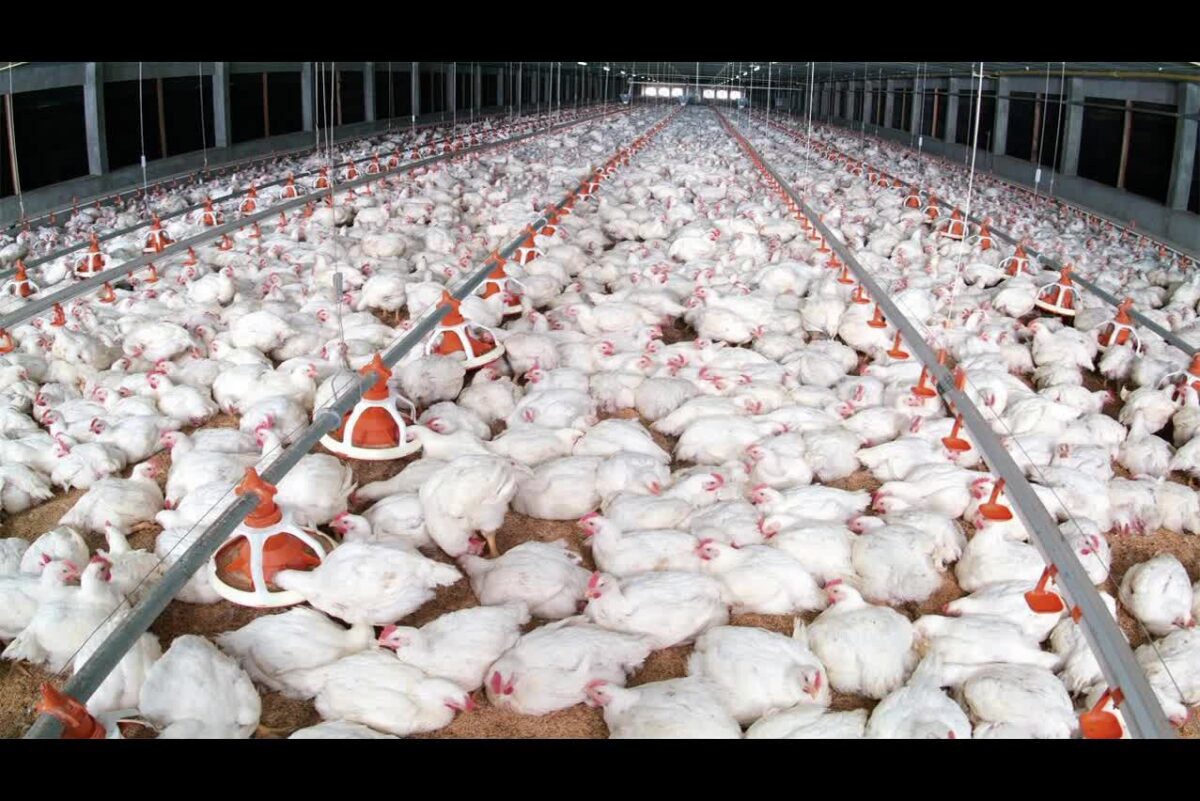Makers of home textiles call for sustainable measures

Everyone knows home textiles are important. We all snuggle in our blankets, sleep on beddings, cover cushions in cushion covers, cover sofas, and the like. Towels are used in bathrooms and kitchens, upholstery covers other rooms of the house in the form of curtains, covers, draperies, plush carpets, and rugs on the floors.
We all touch home textiles around the clock. Now their manufacturers are calling for sustainability and want to implement sustainable measures.
Are the calls for sustainability a serious one or a sham?
Numerous discussions have been held regarding sustainable textiles, ecology, environment, business ethics, and ethics in tactics too. It came to light when numerous property development companies were exposed for dealing with vendors who exploited labor to make affordable home textiles.
These calls are somehow serious and not backed by any flimsy political action. A lot of home textile manufacturing companies were called out for exploiting developing countries and their labor markets due to lax policies and were able to sell affordable merchandise by getting them made at underhanded prices.
A Project Advisory based in the United Arab Emirates also explored factories in Egypt, Jordan, Lebanon, Tunisia, Morocco, and Algeria. They also found some leading MENA companies exploiting lax state policies and controls for making affordable products.
The calls for sustainability involve using clean resources in growing cash crops, providing workers with safe and sanitary environments to work in, providing safety equipment when handling merchandise, and implementing ethical and fair practices from procurement to trade and beyond. Reducing the burden on farmers and suppliers is a must.
Is the home textiles industry a lucrative one?
Textiles comprise a high volume of low-value exports. They are part of that category. Surprisingly, the home textiles industry is a lucrative one. More than 100 billion articles and pieces of textiles are produced annually at various locations across the world. Currently, the industry is valued at USD$ 993 billion and will soon cross the $1 trillion mark.
However, there are also some sobering facts and statistics regarding the industry. It is unfortunately the world’s official second-largest polluter (after the energy industry). Developed countries produce around 11.3 million tons of textile waste. Half of that nowadays is being recycled.
Almost 35% of microplastics in the ocean are traced back to synthetic textile fibers. 5 percent of total global CO2 emissions 91.2 billion tons) are made annually from the same industry. It even generates 20% of the world’s wastewater via discharges. Measures have been taken to control it.
A new global trend Circularity has emerged – what is it about?
A large international trade show for Decorative Textiles is held each year known as Heimtextil. The 2023 one was held in January in Frankfurt, Germany. The exhibition centers on circularity as a trend and manufacturers present there acknowledged that sustainable practices need implementation and adherence.
The Heimtextil Trend Council analyzed trends. They wanted to ensure that minimal waste is generated because waste that cannot be reused is usually hazardous and can be dangerous for human and ecological health.
Companies from Denmark, France, Germany, Spain, Sweden, and The United Kingdom decided to have a good look at their textile companies’ methods and practices. Circularity goes well with society and sustainability.
Four key trends were delivered at that exhibition. There were displays showing fabrics fitting each theme made from sustainable materials. The themes are as follows:
- Make + Remake: This theme focused on reclaimed and repurposed materials used creatively.
- Continuous; This theme is aimed at zero-waste through textile regeneration.
- From the Earth: This theme exhibited natural fibers and dyes.
- Nature-engineered: It shows nature and technology can go along together.
Let us now explore each of them briefly
Theme 1 – Make + Remake
According to dispute avoidance experts, This theme makes use of used fabrics, used clothing, deadstock, and other remnants in a creative manner. They can be reused and resurrected with creative methods like over-dying, over-printing, and collage plus patchwork. Hues can be maximalized to create maximalist fabrics that can be safely reused.
Theme 2 – Continuous
The focus of this theme was on using innovative approaches for closing loops i.e. using post-industrial textile waste to be repurposed into productive and usable materials such as shades, covers, and other construction materials.
Theme 3 – From the earth
Organic textiles have texture and are worth using. If they have rough hues in finishings they cannot cover wear and tear. Warm, soft, and earthy color palettes reflect an organic touch with botanical hues and natural dyes. Lime, Orange, pink, warm beige, and warm green along with bold indigo represent nature.
Theme 4 – Nature Engineered
This theme syncs together mother nature and textile engineering. Using both unbleached and undyed ingredients produces fresh and complex modern neutrals that are soft and refined. It avoids using hard urban colors. The colors used are beige to tan and green-brown to brown-green with mute shades of terracotta and peach.









